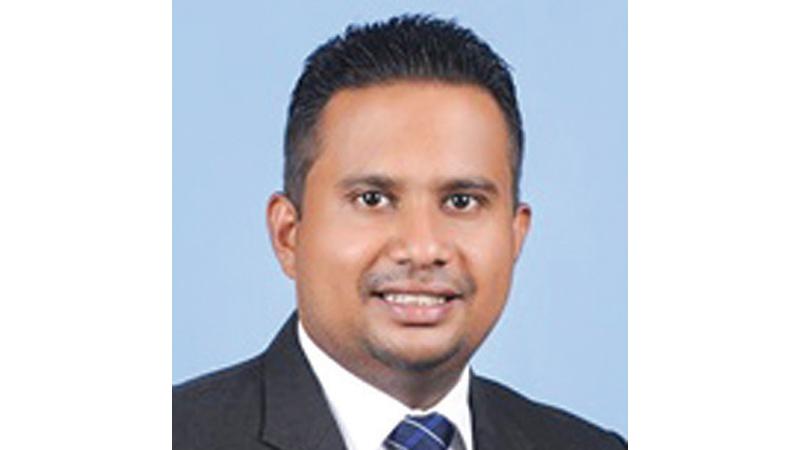
Ernst and Young in Sri Lanka (EY), conducted an informative half-day training session for officials of all Licensed Commercial Banks (LCBs) and Licensed Specialised Banks (LSBs) on Integrated Stress Testing during the pandemic and Pillar II risk measurement recently.
Officials of banks including Chief Risk Officers, Finance Managers, Risk Managers, Compliance Managers and those involved in Internal Capital Assessment Adequacy Process (ICAAP) from Finance and Risk teams were present.
The discussion included the importance of integrated approach to stress testing incorporating pandemic impact and Pillar II Risk assessment and measurement.
Partner - Financial Accounting Advisory Services of Ernst and Young, Sri Lanka, Rajith Perera was the resource person.
Perera said, “Even though the larger exposure to stress on capital is due to Pillar I risks (minimum regulatory capital for credit and market and operational risk) financial institutions cannot underestimate the effects of the Pillar ii risks (such as Liquidity Risk, Reputational Risk, Cyber Risk & etc.) which could intensify due to the adverse impacts of the Pandemic. As a result, banks may not be able to rely on traditional stress testing and risk measurement techniques (locally and globally) resulting from economic slowdowns and pressures.”
This led to the discussion of the importance of having a scientific approach to stress testing and sound risk management framework for Pillar ii Risks.
The discussion highlighted the common weaknesses seen in current practices of financial services such as stressing risks in isolation, limiting stress testing to sensitivity analysis, not considering the impact of macro-economic variables, lack of rationale for application of stress testing methodologies.
To make Stress Testing relevant in the current context, it was recommended to use unprecedented conditions resulting from the Corvid19 pandemic scenario into Stress Testing. It was emphasised that modelling methodologies adopted by banks should capture behaviour of macroeconomic variables along with hypothetical scenario definition and selection of macroeconomic factors based on balance sheet structure and risk profile of a bank.
“Stress testing should be dynamic and forward looking – i.e. factor-in business growth plans, structural shifts in funding profile, and capital strategies,” he said.
Conceptual Model for Market Risk and Scientific Methodology for Operational Risk Stress Testing was demonstrated to participants.
He outlined how banks could integrate Value at Risk (VaR) models to measure market risk exposures. Institutions owning VaR Systems have failed to integrate the output to ICAAP. Rajith was specific on the validation requirements of the VaR models before deployment as it can result in generating inconsistent loss exposures.
Perera demonstrated how an institution could develop Parametric and Non-Parametric VaR models and demonstrated the VaR, a Tool developed by the Financial Services Risk Management team of EY in Sri Lanka which has the capability to measure VaR exposures to Equity Instruments, Fixed Income Instruments and Derivative Instruments to aid measurement of market risk.
